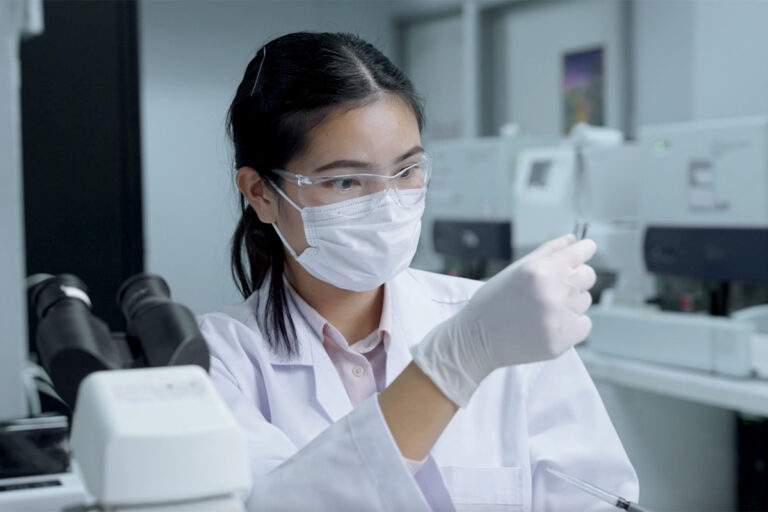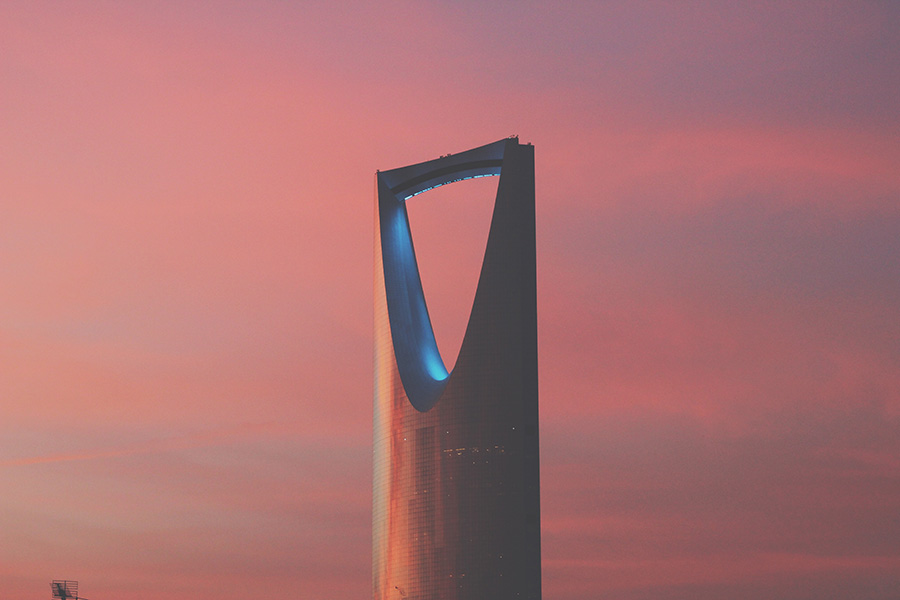
Despite a difficult past 12 months, the Government in Saudi Arabia is confident that the country remains attractive for investment with high growth opportunities for investors and many possibilities for collaboration in the current reform program.
Buzz asks Sultan Mofti, Deputy Governor, Investment Attraction & Development at Saudi Arabian General Investment Authority (SAGIA) about why now is still the time to invest in the Kingdom.
The Kingdom of Saudi Arabia (KSA) is undergoing a once-in-a-lifetime transformation. It is a G20 economy opening up to international business, when all the other G20 countries have already made the transformation. This results in huge opportunities for investment.
We intend to increase private sector contribution to GDP from 40 percent to 65 percent. To pave the way for international partners, we needed to make significant progress in terms of economic reforms. These reforms have already translated into investment, with FDI increasing by 127 percent in 2018, and we continue to see strong momentum. Our transformation is unlocking new opportunities at an unprecedented rate in more than nine strategic sectors.
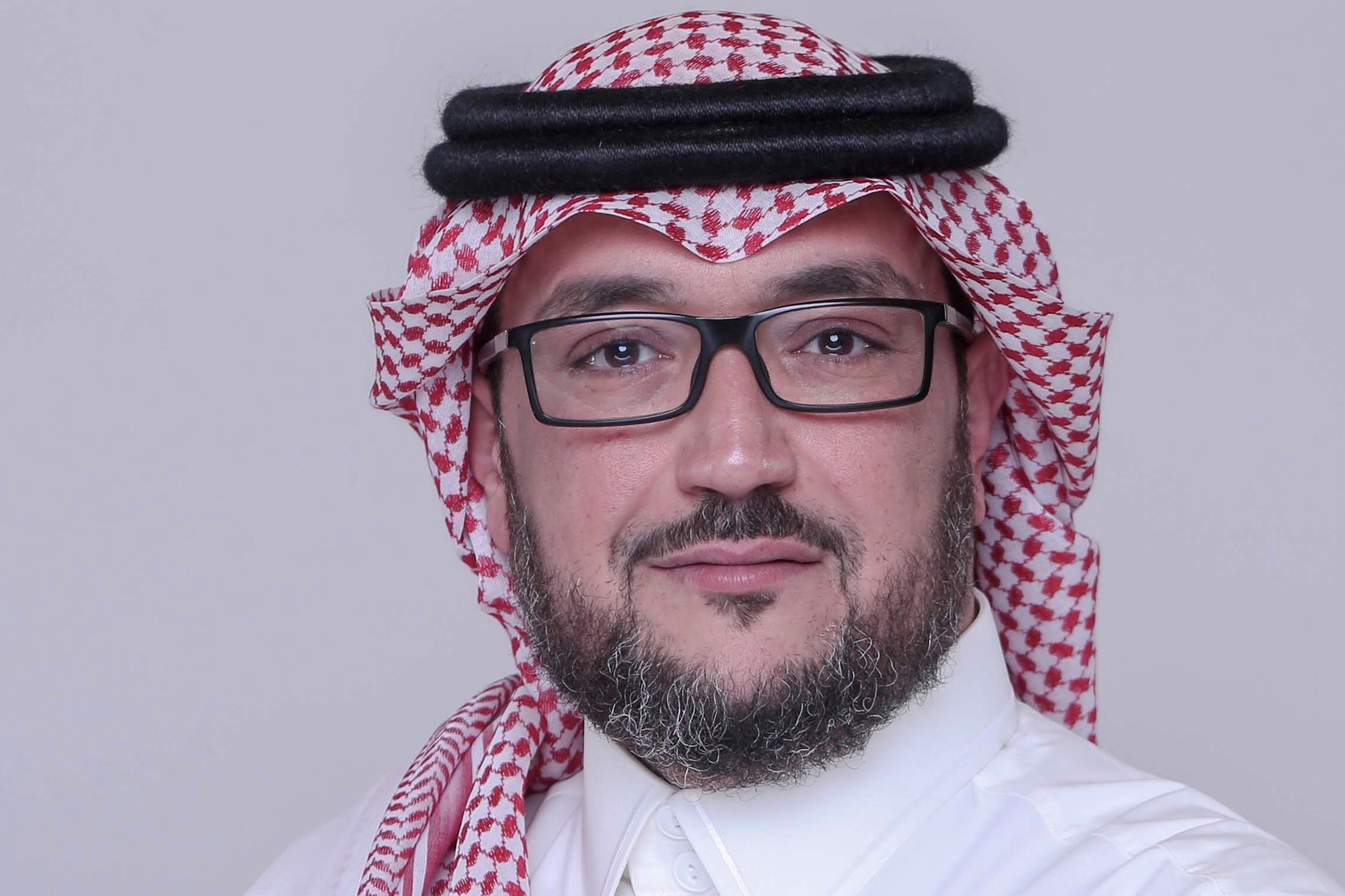
What are those sectors?
Petrochemicals—we have a strong value proposition there, both upstream and downstream. Metals and mining, along with manufacturing. Healthcare and education are critical to fulfilling Saudi Vision 2030. And, of course, transportation and logistics are key growth enablers.
Saudi Arabia is such a rich country: in natural resources, history, and culture. Saudi Vision 2030 is unlocking this potential. Our abundant sunshine and expansive coastal areas enable Saudi Arabia to contribute significantly towards meeting the energy needs of tomorrow. Our unique geographic position at the crossroads of three continents makes the kingdom an ideal place for people and businesses to connect. And our rich history, cultural heritage and natural beauty make Saudi Arabia a unique hub for tourism and travel.
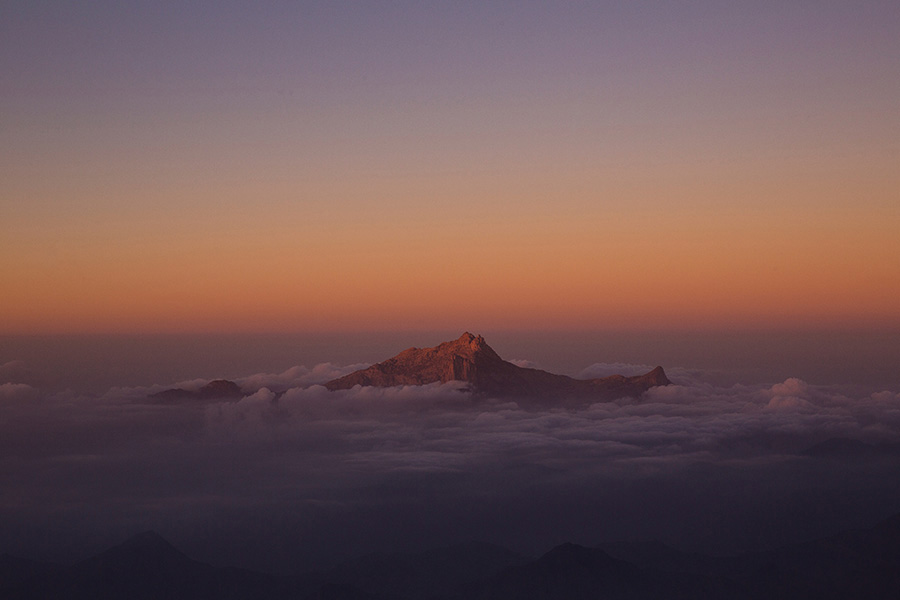
Is tourism set to be a strong growth sector?
Currently we receive over 15 million international visitors per year; the ambition is to increase that to over 50 million by 2030. For pilgrimage visitors, we have a goal to increase capacity and enrich their stay. We are investing and creating infrastructure to provide solutions, alternatives and experiences. This includes hotels, tourist attractions and opportunities for destination management organizations. Some places are being recognized by UNESCO as world heritage sites. We are inviting top international destination-management marketing companies as well as improving infrastructure like roads and airports, and changing regulations.

What are Saudi Arabia’s main competitive advantages as a destination for FDI?
For businesses, it’s important to operate in an environment where they feel welcome and there are no surprises. We identified more than 500 reforms and mapped the journey we needed to take. So far, we have enacted 45 percent of those reforms. The World Bank ranked us at a high level for these reforms; they pave the way for making the country more competitive for businesses.
Secondly, we are communicating to investors KSA’s value proposition, its strong market, demographics and population, as well as its global connectivity. Many businesses use KSA as a hub for exporting to the GCC and the MENA region.
KSA is a strong economy with plans to go to renewable energy. The move toward a mix of energy translates into opportunities for manufacturing, especially with the introduction of the new procurement law which focuses on localization and gives a competitive advantage to those who are here.
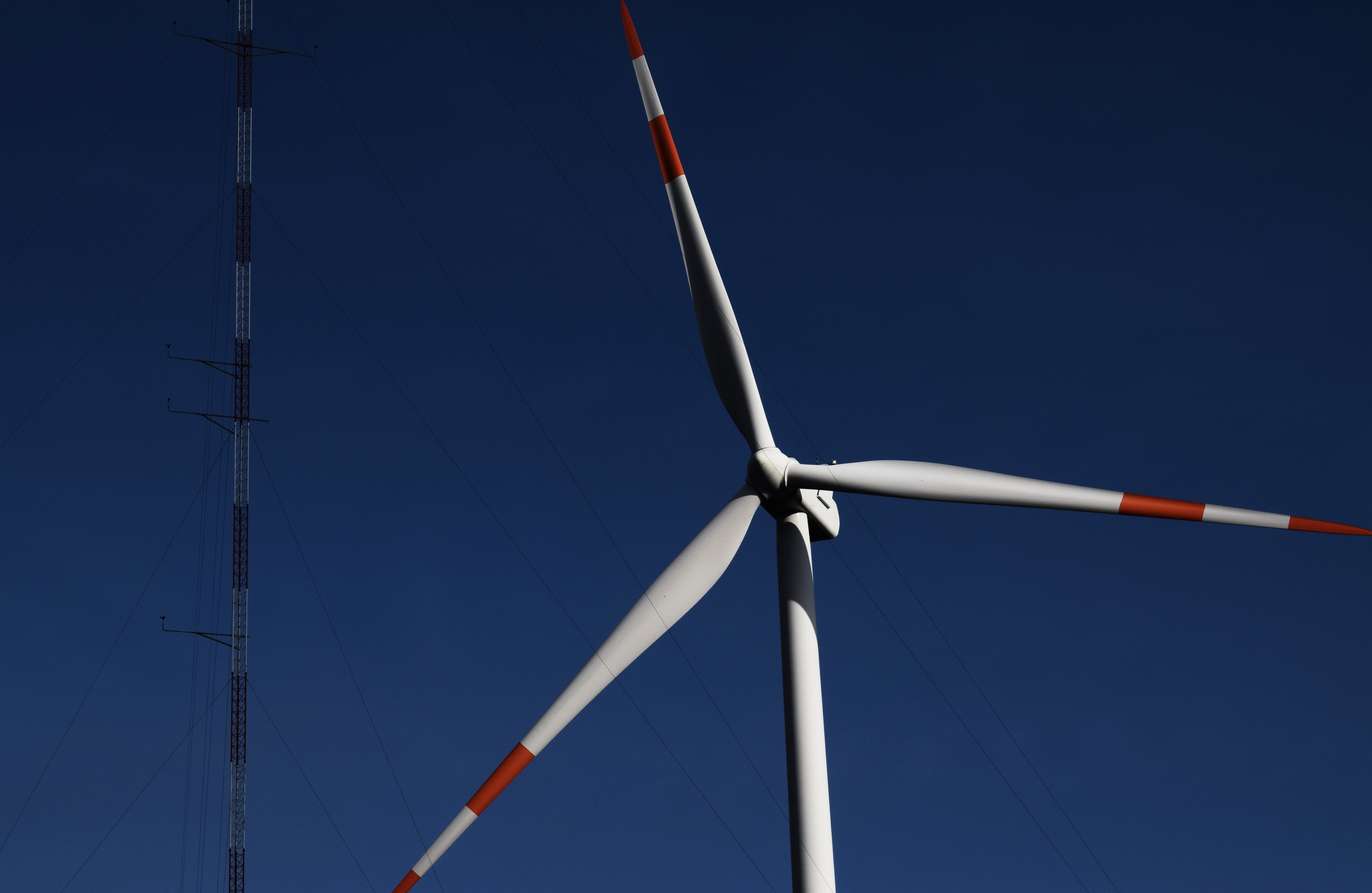
What were some of the main investment highlights of 2018?
There have been deals amounting to more than $50 billion across different sectors. We are opening new sectors to 100 percent foreign ownership, and many global investors aren’t yet aware of that. We’ve just opened up, and the investments are coming in from all sectors. We’re seeing investors from across the globe: the U.S., Europe and Asia. The privatization projects in the pipeline will offer them another great opportunity.
Can you tell us more about the work of the Tayseer Committee?
As part of the reform program, we identified that we needed to increase the ease of doing business for investors, which is why we created the Tayseer Committee, where we challenge all the processes and procedures we used for licensing.

We have local partners as well as well-respected global institutions such as the World Bank to guide us on best practices. We are streamlining processes to meet global standards. For example, we introduced the insolvency law, the protection of minority interests, arbitration laws, and also customs clearance![]()






